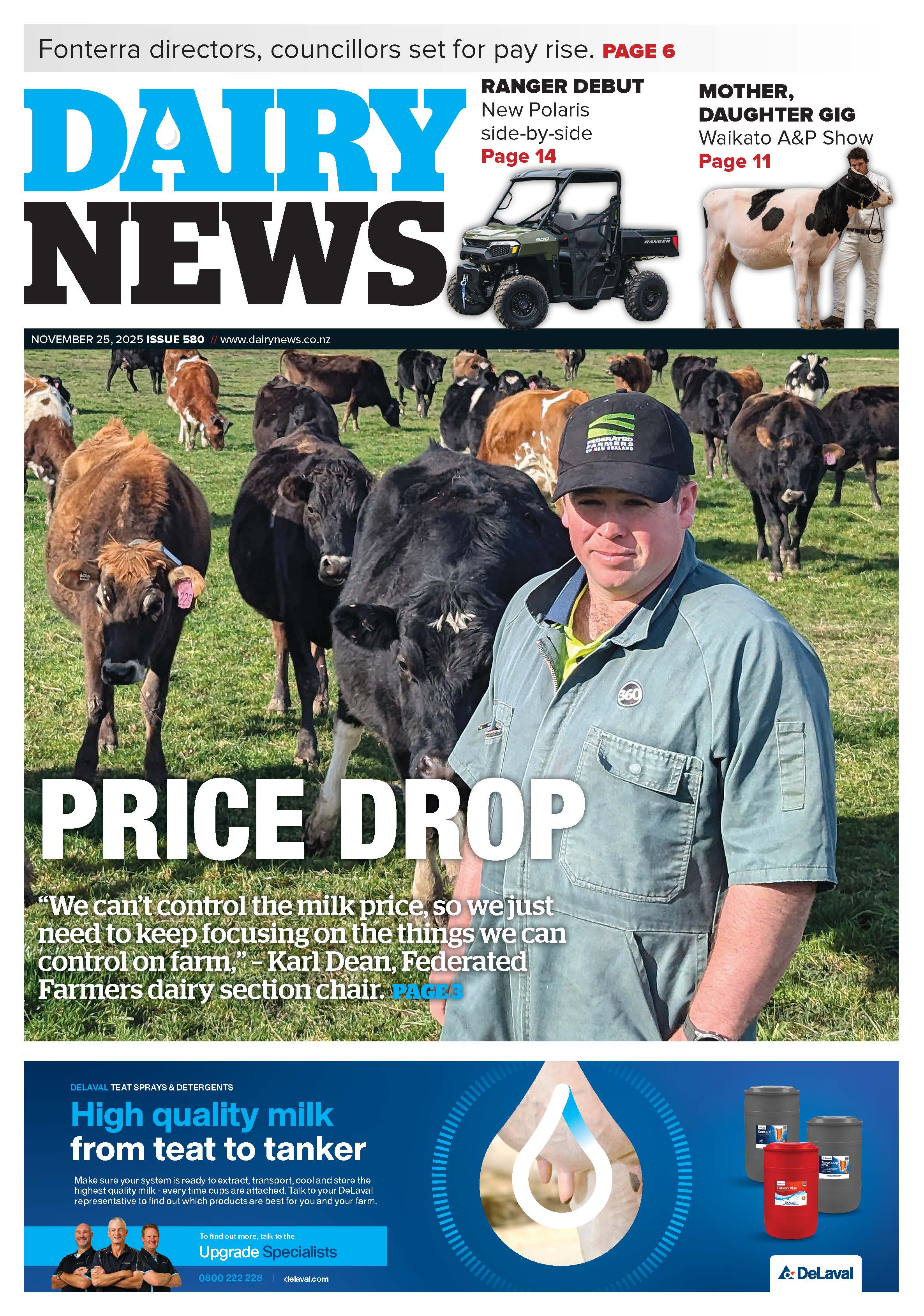While the recent payout announcement is not the news dairy farmers were hoping for, it’s an opportunity to review on farm performance with a specific focus on protecting your farm’s profitability.
Arguably, the greatest immediate and mediumterm opportunity will be to optimise peak production, while also honing herd fertility this coming mating.
Being guided by industry best practice targets and adopting a considered nutritional approach for your entire herd will pay dividends throughout the coming lactation season.
It’s the time of the year when dairy farmers’ focus shifts towards achieving a strong in-calf rate. After all, a farm’s profitability is inherently linked to the reproductive performance of its herd more than any other driver.
As a result, cows that don’t readily get in-calf, delays calving, reduces days-in-milk and high empty rates are ultimately a cost to the business, which is often under-emphasised.
Industry in-calf targets recommend 78% of cows should be in-calf within the first six weeks of mating. The current industry average for a six week in-calf rate is 66.4%, with an average empty rate of 17.6%.
Using DairyNZ’s Economics of Reproductive Performance Tool, we can calculate the financial impact of not closing this gap, which for a 450-milking cow herd is around $50,000 this year. To close this gap, it’s important to be mindful of the underlying fundamentals.
Read More:
Balancing energy
The cow’s metabolism is operating at extremes. She has just given birth, started lactating and her rumen is adapting and expanding to an increased feed intake. To meet the demands of lactation, she is using her body reserves to get the nutrients she needs and is in what is known as a negative energy balance.
She needs to shift from a negative energy balance into a positive energy balance.
This is when nutrients to support lactation are being provided through what she is eating rather than her body reserves. It is critical this happens prior to mating to improve reproductive success rate.
Nailing feed quantity & quality
To minimise delayed calving and empties, it’s crucial to adopt a nutritional approach that ensures feed consistency of both quality and quantity.
Cows should be on a rising plane of nutrition with a high-quality feed allowance, which allows them to achieve better body condition and reproductive function during mating. Ensuring feed availability and supplementing nutritional deficiency gaps, even during hostile weather, is critical to timely cycling.
Use a high energy, high starch feed
To address any pasture shortages and energy deficits, feed a high-energy feed. Use a high starch pelleted feed containing a range of starches with different breakdown rates. This will make sure the starch is available to the cow for longer and creates a more stable and efficient environment in her rumen.
Starch contributes energy but also feeds the rumen microbes, which enhances rumen function and improves feed utilisation, which in turn feeds the cow.
Pellets containing bypass fats will also provide targeted energy and help cows get in calf and maintain pregnancy.
Don't forget trace minerals
Trace minerals help support mating and boost metabolic performance. Trace elements such as copper, selenium and iodine provide essential support for strong heats and help conception to take and hold. These minerals are especially important as they are often deficient in New Zealand soils yet can be easily supplemented.
Choose minerals that are specifically formulated to offset regional pastoral deficiencies in our soils.
 |
|---|
|
Paul Drew, SealesWinslow
|
Also make sure they contain a concentrated blend of micronutrients to support cows’ metabolism and immune system in the month prior to calving through to the second round of mating. Consider mineral products that contain copper, especially for farms where high levels of iron in the soil can inhibit cows’ copper absorption.
Improving cow condition and providing her with the fuel she needs to perform at her best will make sure her she is well set-up to meet reproductive and peak performance targets.
Managing your herd efficiently can improve your operation’s overall profitability to help you weather tough economic times.
Paul Drew is SealesWinslow nutrition & quality manager



















